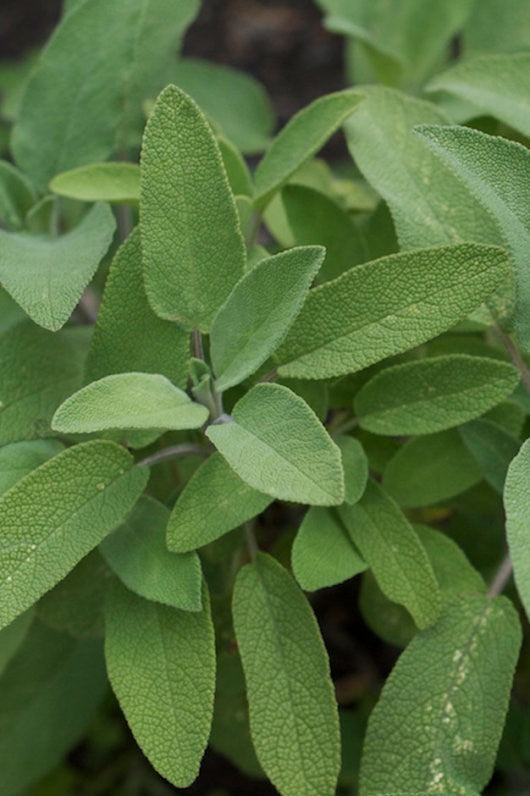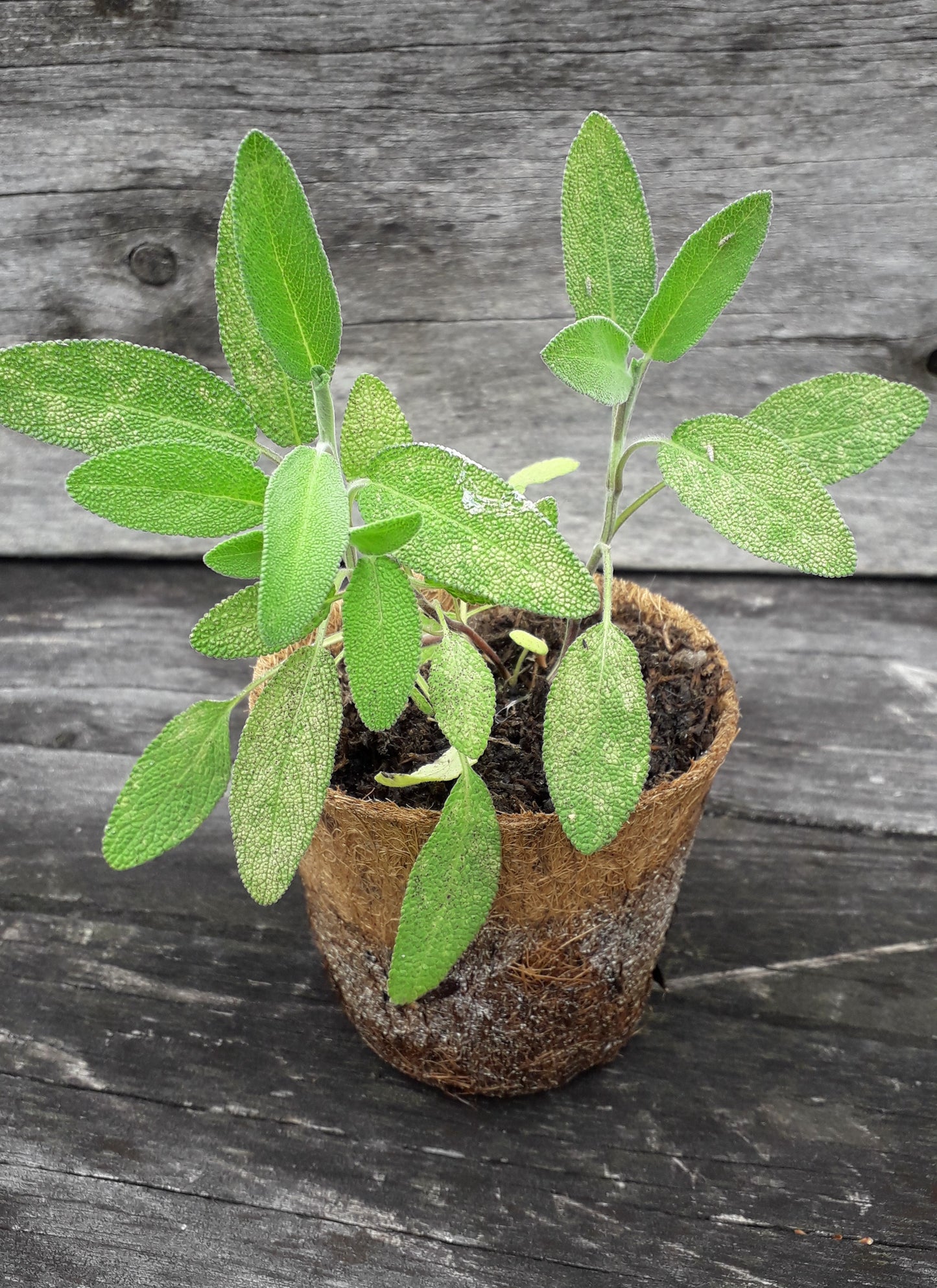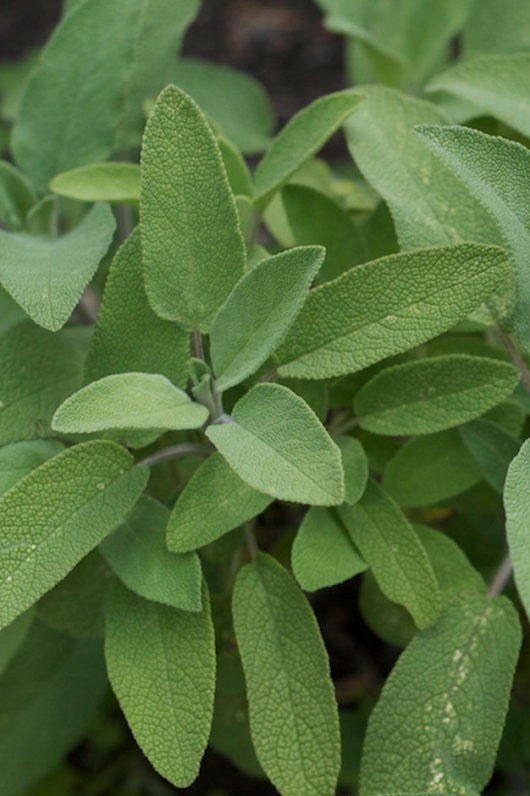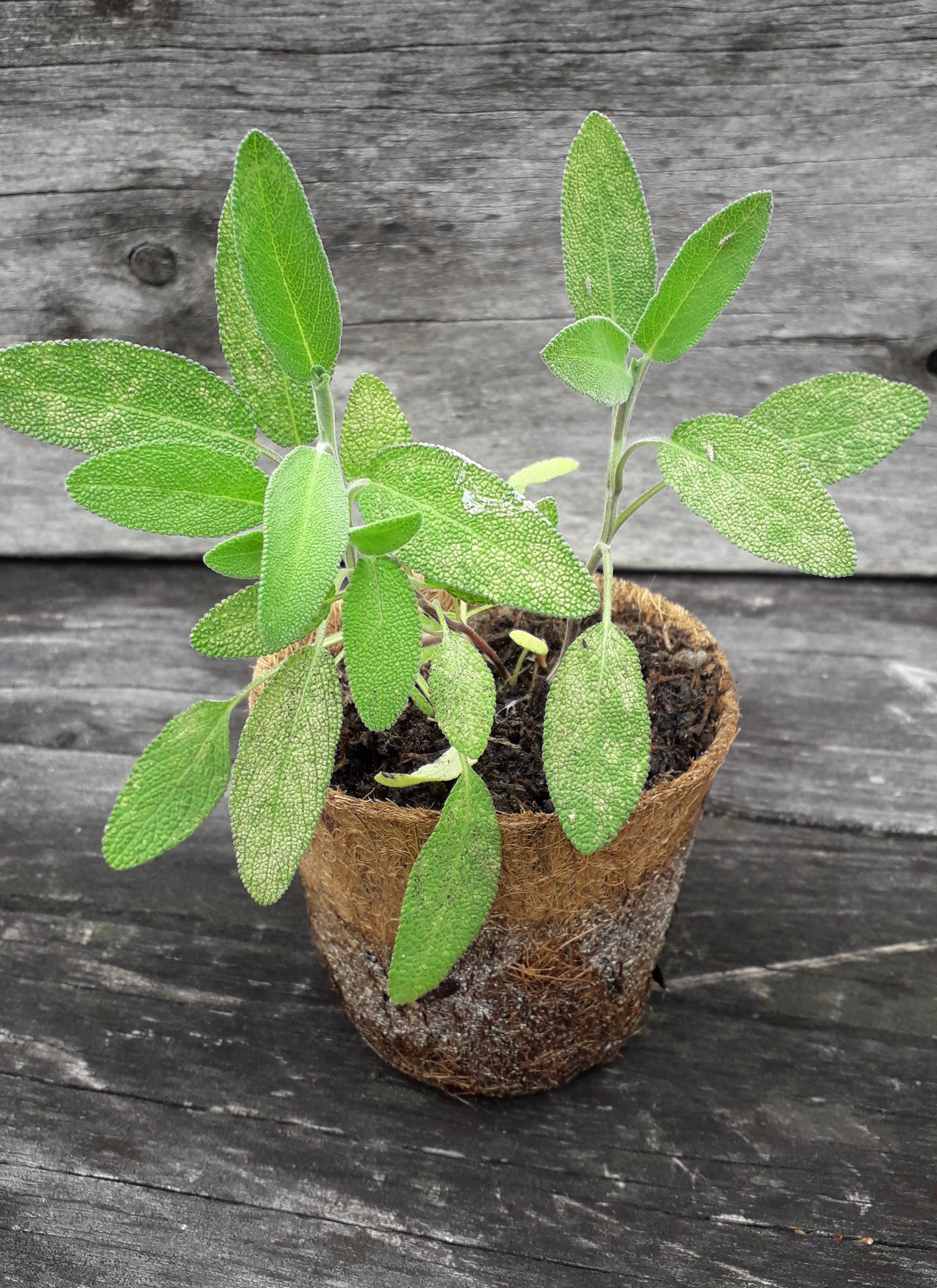The Herb Garden
Sage, Common
Sage, Common
Couldn't load pickup availability
Common Sage
Botanical name: Salvia officinalis
Life cycle: Perennial
Height: 50 cm
Position: Full sun
Soil preference: Well drained
Description
Common sage (“sage”) is a perennial herb growing to approximately 50 cm in height. The leaves are velvet green-grey and are set in pairs along the stem. The flowers are blue-purple and have a tube-like appearance. All the parts of the plant are fragrant with a strong scented odour and a bitter, astringent taste.
Uses
Culinary - Sage has a long history of culinary use. It is best used fresh as whole leaves, or ground up, however it can also be easily dried. Sage can be used in cooking, particularly in stuffings, with cheese, and as part of a bouquet garni in stews, soups, and casseroles. Sage can also be used in vinegars, as a garnish for salads, and used in herbal butters.
Medicinal - Sage is antibiotic, antiseptic and anti-catarrhal and as such the herb has a broad range of medicinal uses. The volatile oils in sage soothe the mucous membranes and help to reduce inflammation of the mouth, throat, and tonsils. Sage’s combination of antiseptic and astringent action makes it ideal as a gargle for sore throats or mouth ulcers.
Sage can be used in a compress to promote the healing of wounds, cuts, and varicose veins, and to help relieve tension headaches.
Cold sage tea helps to reduce bodily fluids and can be used to help treat diarrhoea, to reduce or prevent night sweats during menopause, and to reduce milk flow when weaning (not for use during pregnancy or breastfeeding).
Sage tea is also believed to restore energy, calm the nerves and there is growing evidence that it can aid memory.
A tea made from the leaves can be used externally to help reduce dandruff or used as an invigorating rinse for dark hair.
Growing conditions
Sage can be grown from seed sown in spring, from cuttings taken in late spring, or by layering older stems in winter. Sage grows well in most soils provided it is well drained. It prefers a sunny, open position. Sage flowers for three to four weeks, after which the flower stems need pruning. After about three years, the plant may be very straggly or woody and will need replacing.
Sage is a good companion plant for the vegetable garden as it is believed to repel cabbage white butterfly and improve the flavour and digestibility of cabbages planted near them.
The flowers are very attractive to bees.
Organically grown plant in a biodegradable coir pot.
9cm pot.
Share




